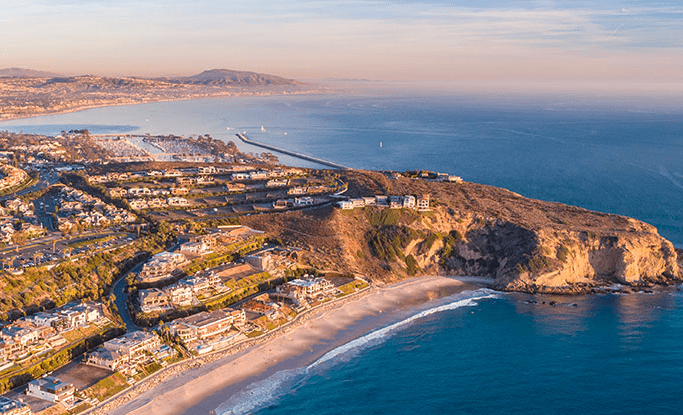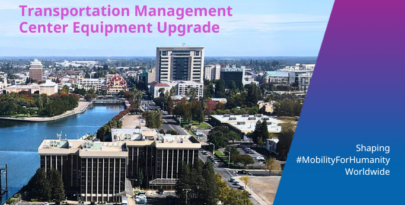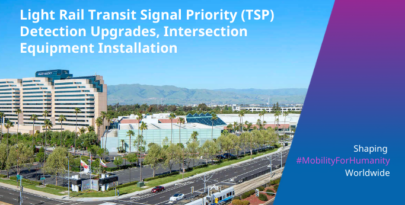CHALLENGE
The Alicia Parkway corridor in Orange County, California was part of Phase 1 of an inter-jurisdictional Traffic Light Synchronization Program (TLSP) in Orange County designed to increase mobility and overall drive quality while reducing fuel consumption and greenhouse gas emissions. The program sought to increase average speeds and reduce vehicle acceleration and deceleration events, which has been identified as the leading cause of greenhouse gas production. TLSP for Alicia Parkway addresses the corridor’s east-west segments on either side of Interstate 5 (I-5) – the area’s main north-south freeway. During the weekday, Alicia Parkway, a freeway-centric corridor, has traffic volumes in excess of 60,000 vehicles per day on its short spans near the I-5 freeway.
In the summer of 2009, ITS work began on Alicia Parkway. Alicia Parkway represents six agencies: five cities (Aliso Viejo, Laguna Hills, Laguna Niguel, Mission Viejo and Rancho Santa Margarita); and Caltrans. The 11-mile corridor includes 41 signalized intersections. Despite its suburban setting, this corridor endures urban-level congestion.
EXECUTION
Improvements for Alicia Parkway included upgrades to traffic management systems, intersection traffic signal controllers, communication systems, and new optimized signal timing. For this ITS upgrade, two Econolite Centracs systems were installed – a physical installation in Laguna Hills, and a virtual installation in Mission Viejo. Additionally, several Econolite ASC/3 traffic controllers were installed, enabling immediate traffic signal coordination along the two major segments of Alicia Parkway: the west segment from Crown Valley Parkway to I-5, which includes 24 signalized intersections; and the east segment from Santa Margarita Parkway to I-5, which includes 17 signalized intersections.
A powerful ATMS was required as a turnkey solution that enabled enhanced system-wide control of signal controllers, operational monitoring, inter-agency sharing, system scalability, and support. A client-server ATMS application that provided seamless wide-area network communications using current workstations and IT tools, including the capability to communicate over both Ethernet fiber-optic and existing copper serial systems was a prerequisite.
RESULTS
Before and after travel time studies were conducted on the two corridor segments for morning, midday, and evening periods during the weekdays for westbound and eastbound directions. Addressing the project objectives, travel time in minutes, number of stops, average speed, and greenhouse gas production were the metrics compared for the study. Post-ITS deployment, Alicia Parkway saw reductions in travel times (11 percent), number of stops (33.3 percent) and greenhouse gases (8,100+ lbs.). Moreover, estimated three-year fuel savings is projected to exceed 1.1 million gallons1. In some instances, the number of stops reduced by 75 percent during the morning and evening hours. Average speed increased by as much as 31 percent.
Interestingly, the study validated the significance of dynamically monitoring signal timing and operations. As anticipated, there were several categories that showed little to no improvement through the Laguna Niguel, Aliso Viejo and Laguna Hills city segments. These three cities had previously deployed traffic signal synchronization, leveraging Econolite systems to optimize traffic flow. The synchronization strategies and Econolite solutions were installed and proactively monitored by traffic engineering firm, Hartzog & Crabill, Inc. (HCI) under contract by these cities.



